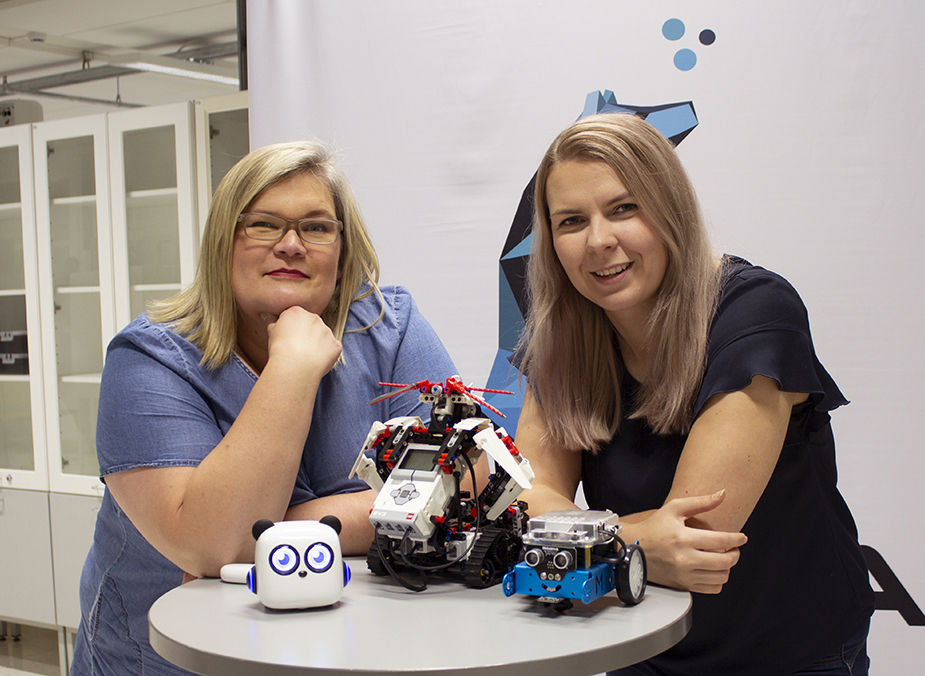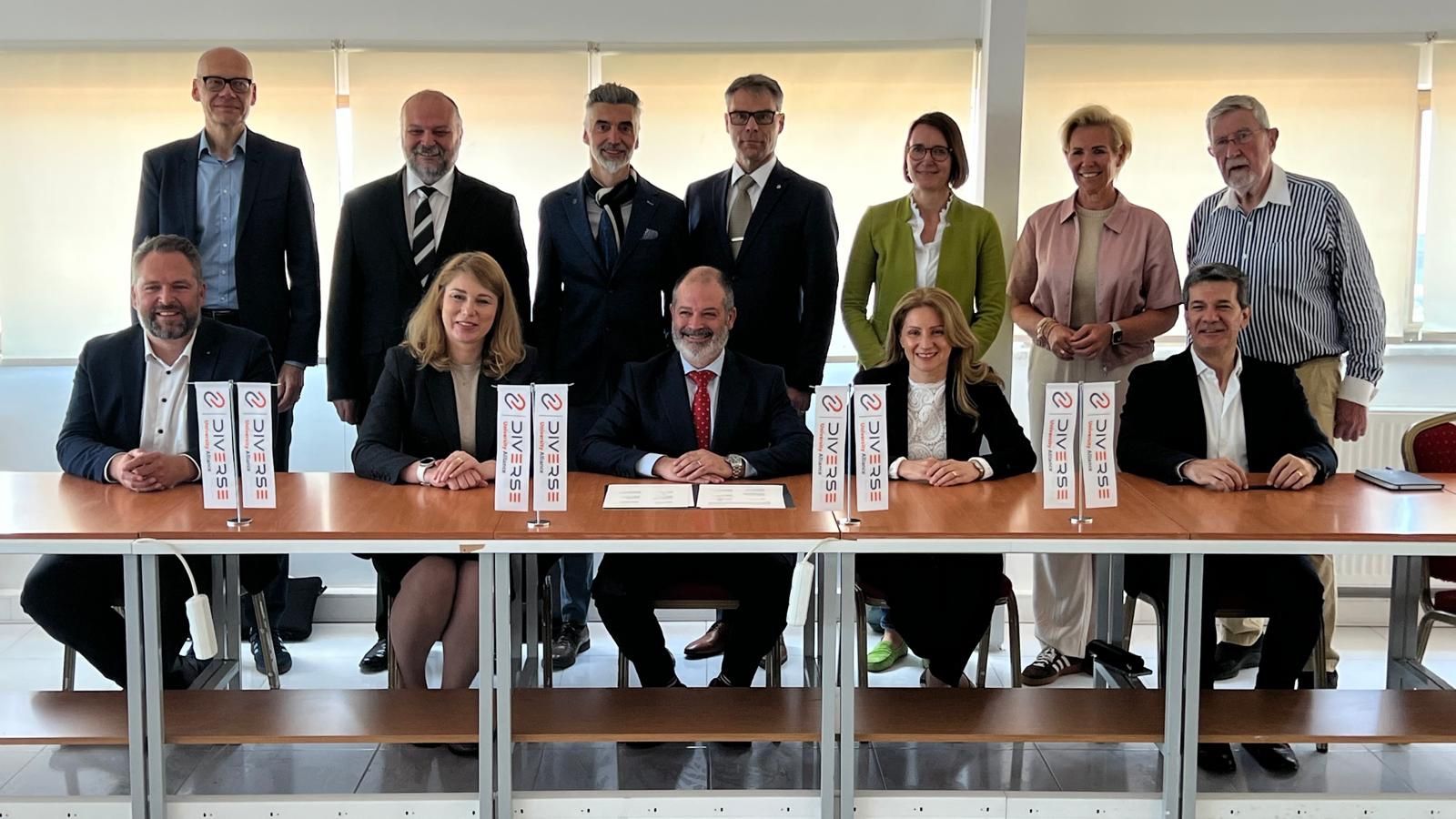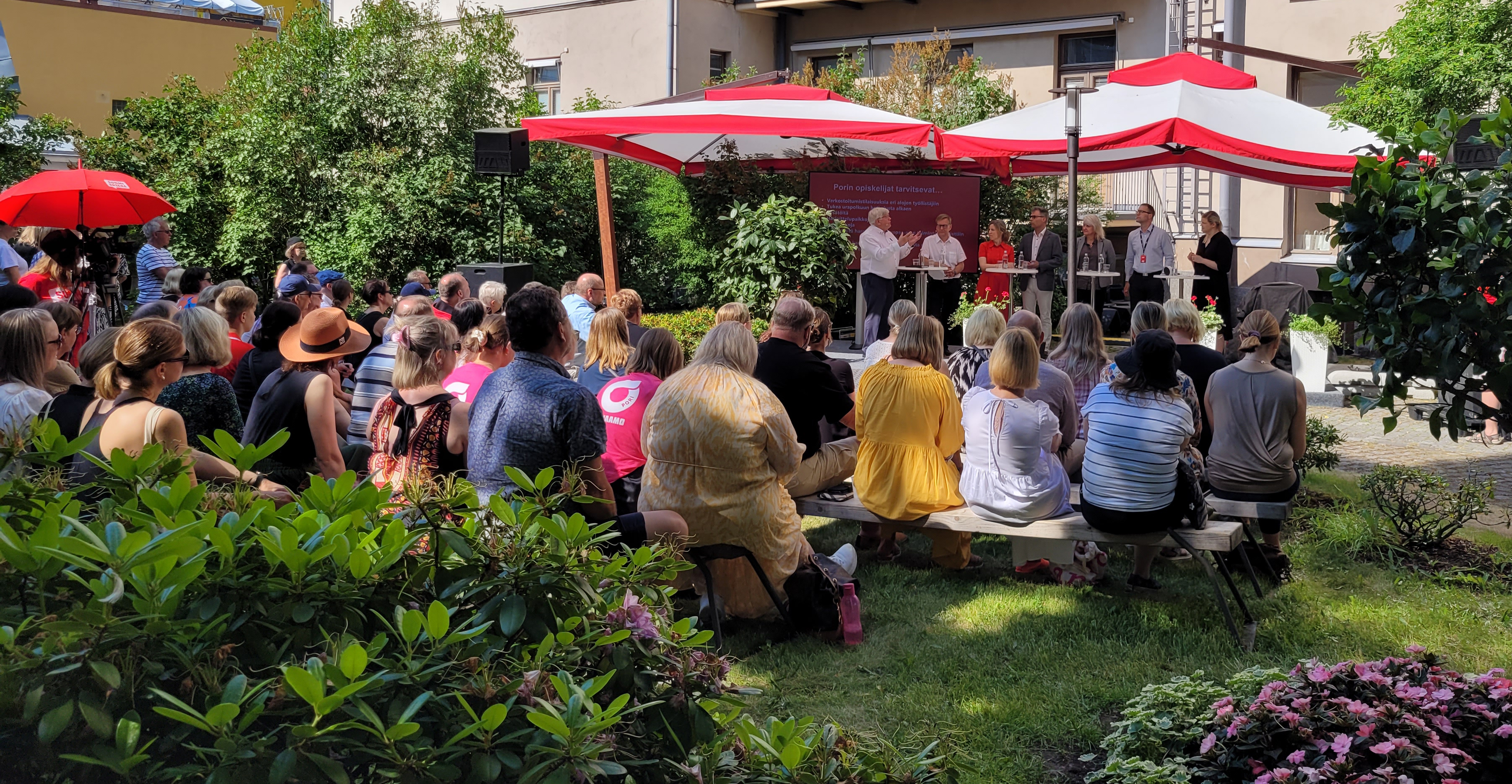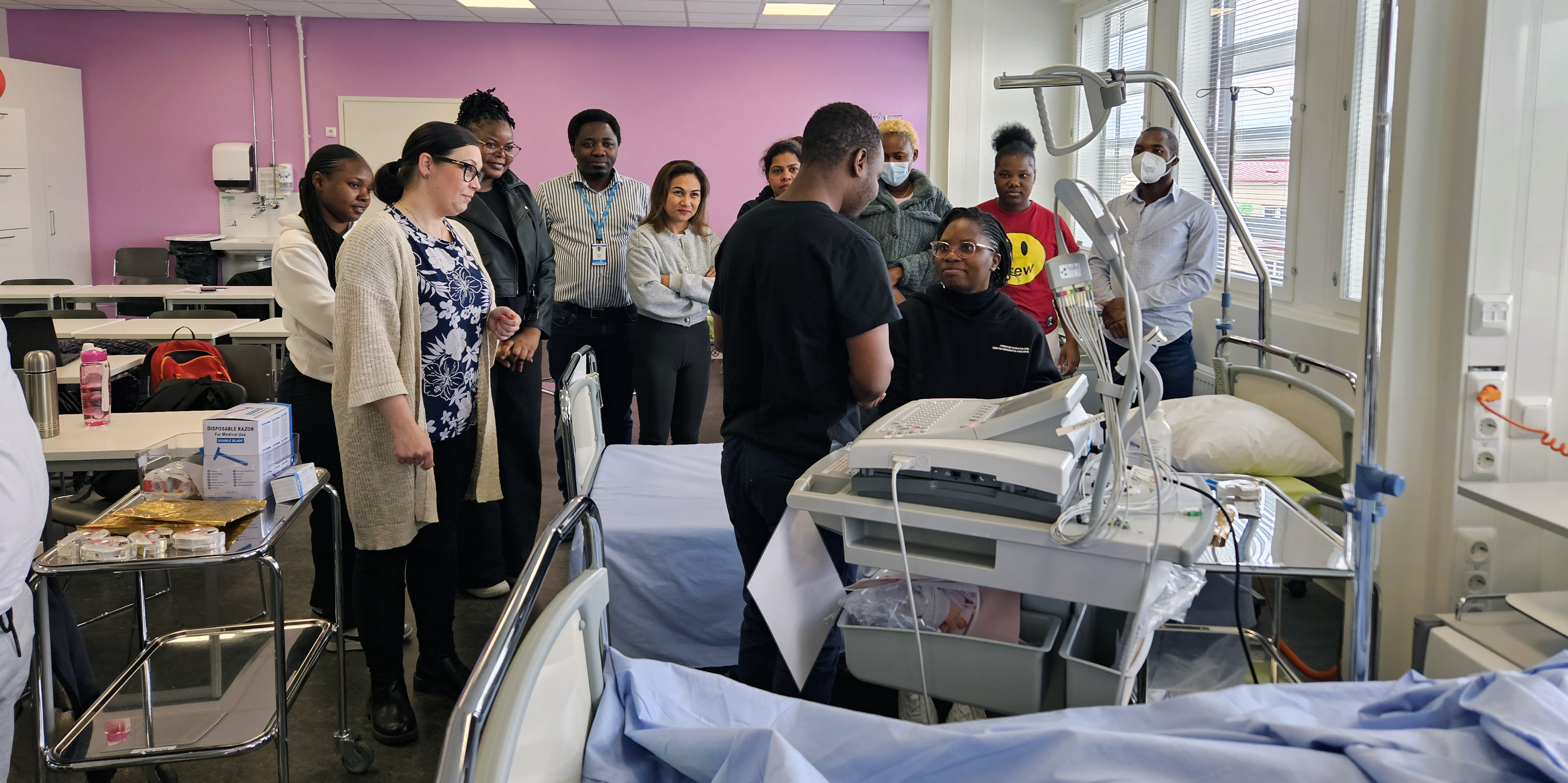Let’s play and learn math!
The international Erasmus+ funded GAMMA project (GAMe-based learning in MAthematics) aims at innovation and design of math games based on the game-based learning (GBL) method in collaboration with mathematics teachers and students at the Pori Lyseon Lukio upper secondary school.

In the math game designed by SAMk and Pori Lyseon Lukio upper secondary school you learn and practise geometry. The player can choose whether to proceed with easier tasks or the more advanced. This way you can gain know-how little at a time.
There is a growing need for STEM skills (science, technology, engineering, mathematics; science, engineering, engineering, and mathematics) in today’s working life. The GAMMA project tackles precisely these topics and the priorities set by the European Commission in the 2018 Digital Education Action Plan. At the same time, new creative and modern methods are being innovated to teach math to young students.
The most ideal way to motivate students to choose STEM subjects in higher education is to create a learning environment that combines visual, auditory, and kinesthetic features with verbal and nonverbal knowledge. One good way to add these is to use educational games to engage and build an understanding of math.
– Studying math is made more meaningful by bringing the tasks to the natural learning environment of today’s young students, where they already know how to act and move forward, reminds Janika Tommiska, a research teacher who is involved in the innovation and development.
This is clearly a new dimension to the development work of STEM subjects promoted jointly by us, SAMK and the City of Pori.
Motivation for students in different levels

In addition to Tommiska, researcher Antti Koivisto as the game coder and principal lecturer Mirka Leino from SAMK are participating the innovation work. The idea for the game came from them and in collaboration with the math lecturers of Porin Lyseon lukio, game elements have been developed. The high school lecturers have a responsibility to produce tasks at different levels for the game. After the first version of the game is completed in the fall, high school students will act as game testers, based on whose experience the game will be developed further.
The collaboratively designed geometry-oriented mobile game is built to take into account different levels of knowledge: Students get the opportunity to solve mathematical problems at their own pace, and try to solve them over and over again whenever they want. With these “positive failures,” a student can be motivated to try even more difficult tasks. Indeed, studies (Kut et al., 2014) have found that game-based learning retains learned skills and knowledge longer than other teaching methods.
The revolution of math teaching
– There are not yet enough research results on the quality of learning through Game Based Learning, but it is clearly a more motivating and inspiring way for many students to study compared to the traditional one. The aim of the game is to involve those students who cannot cope with the lessons or are unable to accept the teacher’s instructions, Mirka Leino points out.
Tommiska and Leino believe that the use game-based learning will increase in mathematics in the future: because of its pragmatism and clarity, it is easily transferable to the game world. However, they point out that there are significantly fewer learning games available for upper secondary students than for younger children.
The project also provides a new element for regional collaboration.
– This is clearly a new dimension to the development work of STEM subjects promoted jointly by us, SAMK and the City of Pori.
Additional information:
Janika Tommiska, researcher and lecturer
tel. 044 710 6332
janika.tommiska@samk.fi
Mirka Leino,
principal lecturer, head of automation research team
tel. 044 710 3182
mirka.leino@samk.fi


